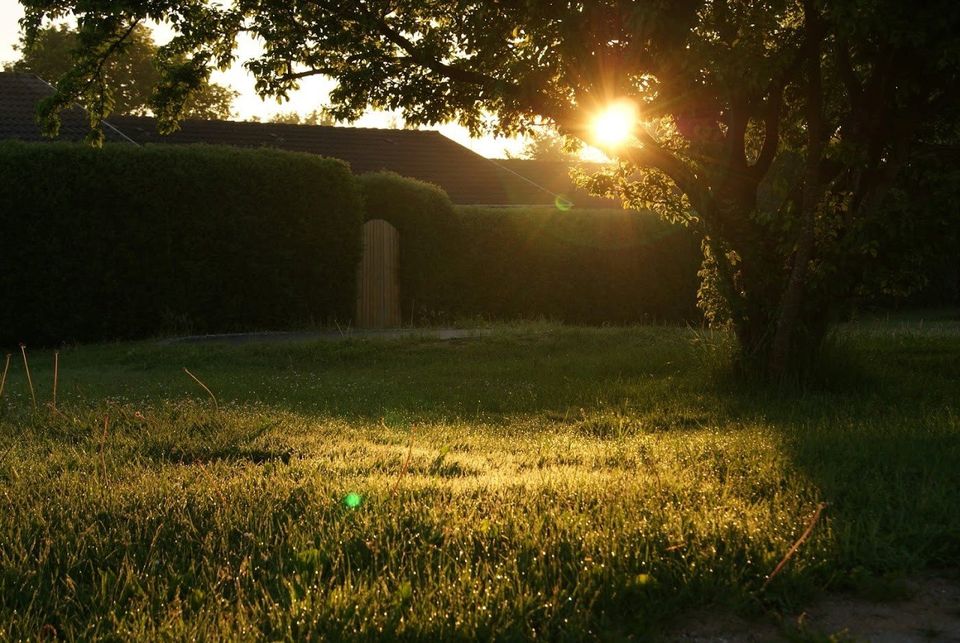5 Tree-Planting Tips for Septic System Owners
Trees are great for the Earth, and planting trees in your backyard is a small way to counter deforestation, balance your carbon footprint, and help reduce the urban heat island effect in your area. A mature tree, which can sequester carbon at a rate of around 48 pounds per year , is a great addition to your yard, as long as it's not harming your septic system.
Unfortunately, tree roots can often find pipes or other septic components on their quest for water, and the roots may block or destroy these components. Blocked pipes or components may cause septic leakage, which is very bad for the environment (as well as hazardous to your health and your wallet).
Below are some tips for safely and intelligently planting trees if you own a septic system.
1. Select Tree Varieties Carefully
Are the trees you're considering for your yard an aggressive, fast-growing type? Trees that grow quickly or aggressively are more likely to have water-seeking roots that are drawn to septic systems and plumbing. Fortunately, there are thousands of tree varieties, so even if you avoid fast-growing, water-hungry trees, you still have plenty to choose from.
Native trees may be a good bet — especially if you're looking for maximum positive environmental impact — because they are likely to survive, help shelter native species of insects and wildlife, and build up local ecosystems.
2. Space Accordingly
Larger trees have wider root systems, so you need to base your planting distance on the projected size of the tree's maturity. As long as you choose a tree that does not have aggressive, water-seeking roots, you can usually plant the tree the same distance from the septic tank as the tree's expected height at maturity (or 30 feet minimum). So if you expect your tree to grow to 50 feet, plant it at least 50 feet away from all parts of your septic system, including the drainfield.
If you plant the tree too close to your septic system, the tree may have to come out in a decade or so if the roots start encroaching on the system. And this estimate assumes you choose to plant less aggressive trees.
3. Avoid the Septic Reserve Area
If your house has a current septic system, chances are you have a reserve area as well. Reserve areas are designated spaces where a second septic tank can be installed if needed. Septic systems often have to be replaced after a few decades, so it's important to keep your reserve area clear of large obstructions. If there are trees in your reserve area, they'll have to come out before a new septic system can be installed.
4. Consider a Root Barrier
Installing a root barrier is a good idea, even if you allow the recommended distance between your trees and the septic system. Root barriers can provide protection to your septic tank in case some questing roots end up further afield than the rest.
For example, in a drought, trees may send roots farther out in search of new sources of water, such as your septic system. Since this expansion happens underground where you can't see it, you may want to install a protective root barrier around your septic system.
However, don't expect a root barrier to protect your septic system from the full force of roots if you plant trees too close.
5. Consult Your Septic Contractor
If you're not sure the trees you have in mind will work with your septic system, or if you have a unique situation, like a septic system on a hill, talk to your local contractor for advice.
These tips can help you improve your environmental footprint while simultaneously protecting your septic system from damage. For help with current septic damage or to schedule a visit from Southern Sanitary Systems Inc, call today or contact us online.







